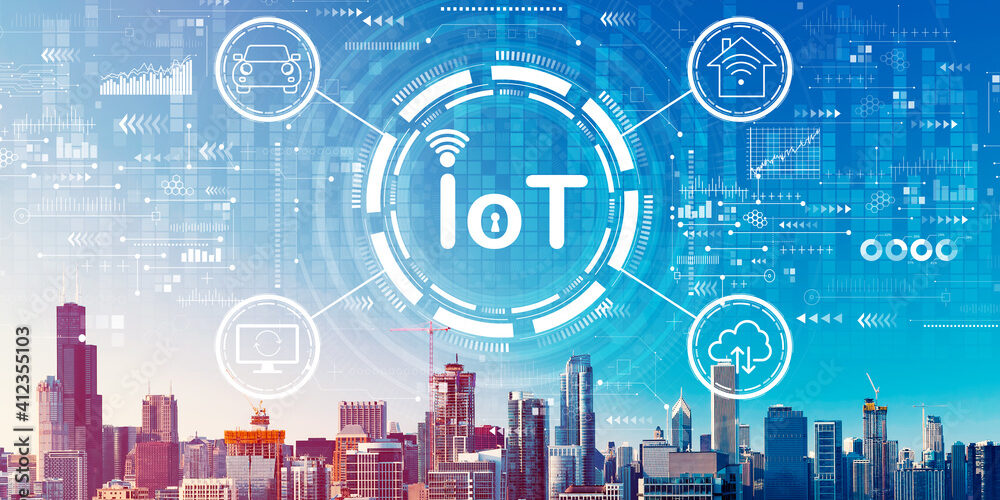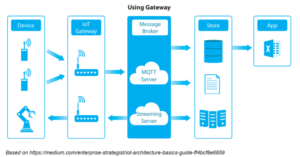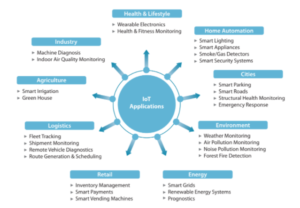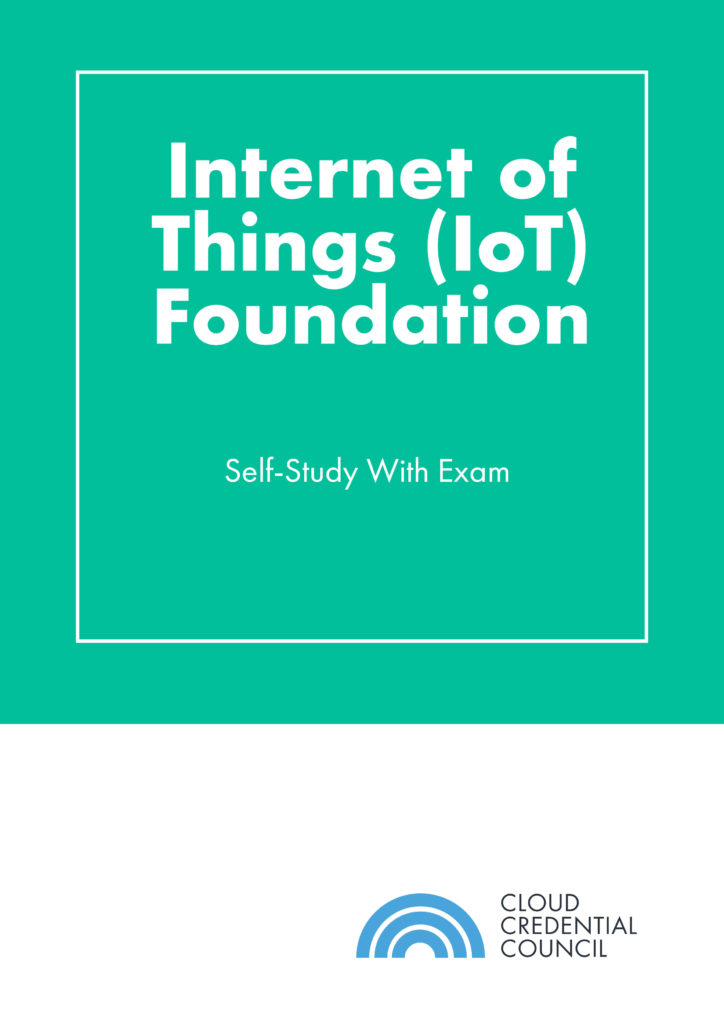Knowledge byte: Building Blocks of IoT Architecture

Laura Vasilov

The Internet of Things denotes the connection of devices, machines, and sensors to the Internet. An IoT system comprises four basic building blocks: sensors, processors, gateways, and applications. This article will thoroughly discuss what each component of the IoT architecture represents.

The architecture of IoT components:
- Sensors convert a non-electrical input to an electrical signal. Sensors are classified into two types: active and passive sensors. Whereas active sensors use and emit their own energy to collect real-time data (ex.: GPS, X-ray, radars), passive sensors use energy from external sources (ex: cameras). Additionally, sensors differentiate themselves by position, occupancy, and motion, velocity and acceleration, force, pressure, flow, humidity, light, radiation, temperature, etc.
- Processors are the brain, the main part of the IoT system. They process the raw data captured by the sensors and extract valuable information. Examples of processors are microcontrollers and microcomputers.
- Gateways are the combination of hardware and software used to connect one network to another. Gateways are responsible for bridging sensor nodes with the external Internet or World Wide Web. The figure below depicts how using gateways works.

4. Applications provide a user interface and effective utilization of the data collected.
The figure above illustrates some examples of IoT applications.

In summary, the IoT architecture comprises four basic building blocks: sensors, processors, gateways, and applications. Sensors are responsible for converting a non-electrical input to an electrical signal; processors “handle” the signals; gateways are used to connect a network to another, and, ultimately, an application offers a user interface and effective utilization of the data collected.
Courses to help you get
results with IoT
Internet Of Things (IoT) Foundation™ 2
The industry-recognized CCC Internet of Things Foundation ensures you are ready to add value to organizations of diverse industries and dimensions. It does so through highly interactive and thought-provoking discussions which focus on: Group exploration and debates Lab exercises which allow learners to experience IoT applications Case study scenarios for IoT End of Module questions
Never miss an interesting article
Get our latest news, tutorials, guides, tips & deals delivered to your inbox.
Keep learning




